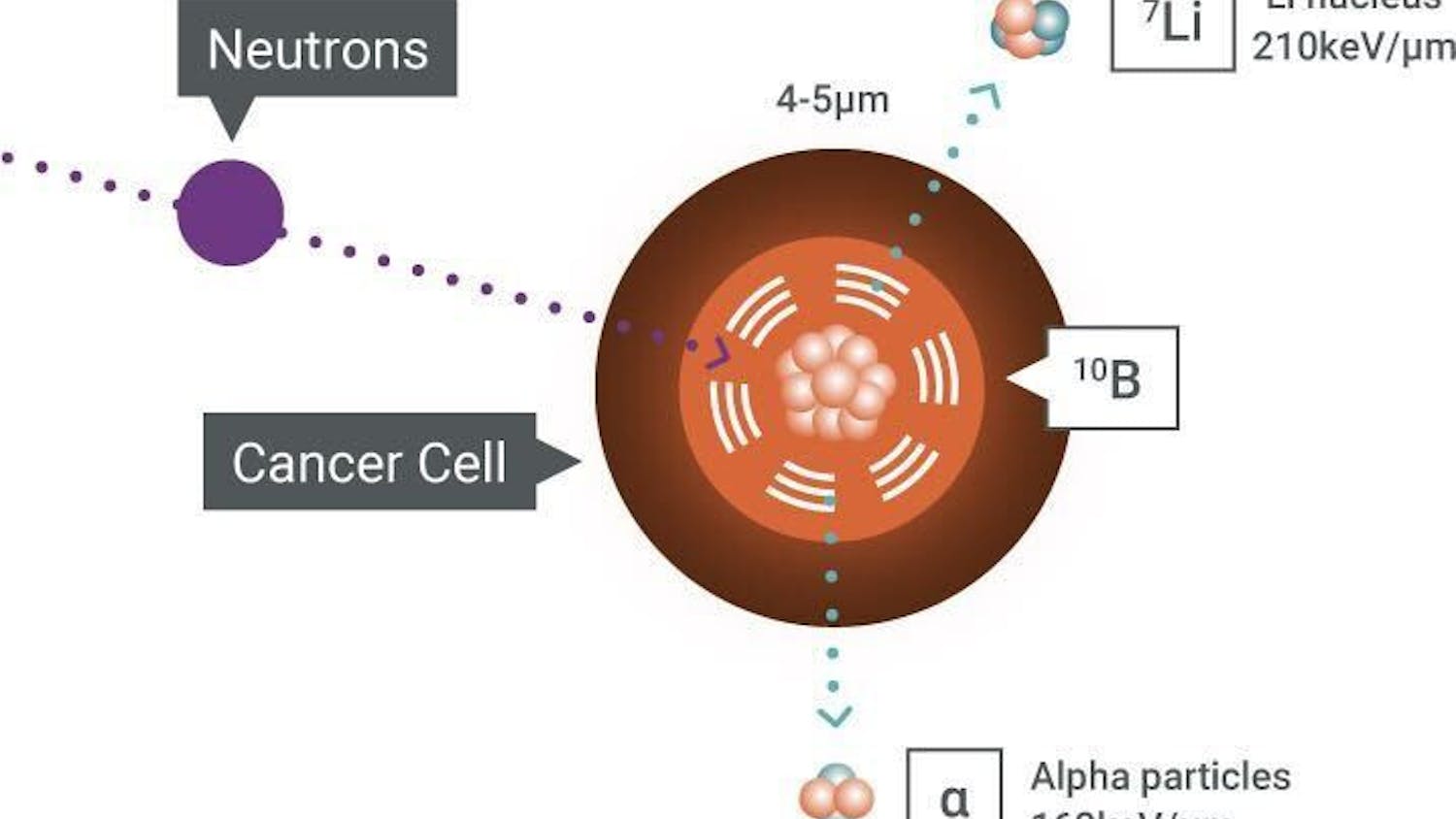Invasive species are one of the most important issues facing aquatic and terrestrial ecosystems today. No self-respecting ecologist would say otherwise.
However, some freshwater scientists at the University of Wisconsin-Madison say the classic invasive species paradigm—once an invasive species enters an ecosystem, it will inevitably take over—is too simplistic.
Jake Vander Zanden is a professor of limnology at UW-Madison and one of the co-authors of a recent paper challenging the classic view of abundant species.
“Let’s take an invasive species, and you go out and estimate how abundant it is in 100 different lakes, in most of those lakes, it’s not going to be very abundant. In some of those lakes—but not very many—it’s going to be really abundant,” Vander Zanden said.
Study almost any native plant or animal species, and it will only be “abundant” within a narrow range of environmental conditions. It will live in a much wider range of less favorable conditions but at much lower densities.
It appears the same rule applies to invasive species. Species abundance data was compiled from North America and Europe to show invasive species domination was the exception, not the rule.
“As a society we’re putting a lot of money into burning and pulling and poisoning invasive species, and they continue to have huge ecological and economic impacts. So we do need to step back and say, in light of the fact that we’re spending all this money, let’s make sure we understand what these invasive species are doing, and then use that information to try to manage them as effectively as possible,” Vander Zanden said.
Many people are spending money on invasive species control in areas where it may not even be necessary. Vander Zanden believes we need to be using that money more efficiently, given the very limited resources available for environmental conservation.
For example, Eurasian watermilfoil is an extremely pervasive aquatic plant which proliferates in Lake Monona every year. The plant is so infamous for its ability to choke out native ecosystems that its very presence in a lake can reduce property values, even though it may not reach significant densities there. It is virtually impossible to eradicate, yet it can induce large and costly control efforts without firm evidence that it will even cause a problem.
It would be more effective to identify lakes that are suitable for Eurasian watermilfoil growth, so managers could focus their attention on stopping it from getting into the lake. If this approach fails, suitable lakes would become the focus of annual control efforts seeking to keep Eurasian water milfoil at the lowest densities possible. This strategy would be known as the “hotspot approach.”
Unfortunately, the invasive problem isn’t limited to Eurasian watermilfoil.
“In the Great Lakes you have 184 non-native species, some of them harmful, some not. And then if you look at the state of Wisconsin, you have 15,000 lakes. So how do you combine all of that to ask, ‘how are you going to take your few thousand dollars and get the most bang for your buck?’” Vander Zanden said.
The most economical approach is to go after the brand new species when they are still in a very limited area in low densities. For example, the New Zealand mud snail was recently detected in Black Earth Creek. Eradicating it now might save millions of dollars in control and damages later on.
However, there are hundreds of invasive species already established (such as Eurasian watermilfoil). The way to “get the most bang for your buck,” for these organisms is to manage them using the hotspot approach.
Unfortunately, limnologists usually can’t predict which lakes or rivers might be suitable for a given invasive species.
“We wish that we could predict these things better and be able to say these types of lakes and rivers will never have superabundant populations of the invasive species and these types will. That’s the next step,” Vander Zanden said.
In order to develop a more efficient management scheme, ecologists need to gather data on the exact habitat preferences of each individual invasive species so they can effectively identify hotspots.
Additionally, ecologists need more data on the densities of invasive species that cause measurable effects. Scientists cannot identify hotspots if they cannot identify at which density Eurasian watermilfoil, the New Zealand mud snail, the Chinese mystery snail or the sea lamprey begins to negatively impact the ecosystem at large.
These relationships are extremely difficult to tease out with data because of the complexity of any ecosystem. It takes much time and effort to piece together. As it stands, we are often left scratching our heads.
“Nature doesn’t seem to always behave in predictable ways,” Vander Zanden said.





